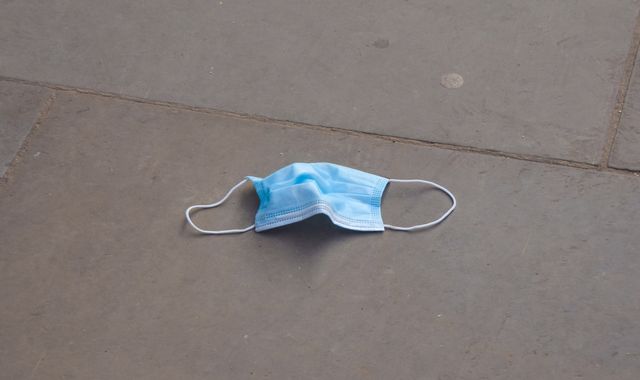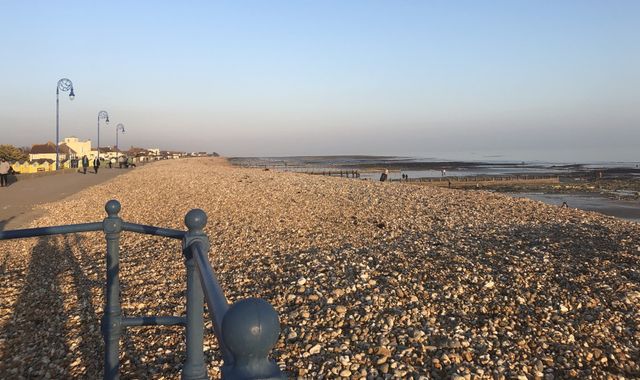‘Women would have got the vote earlier if not for suffragette terrorists’
Written by News on 05/02/2018
Suffragettes are seen as selfless today but in the early 1900s they were regarded as terrorists, historian Simon Webb writes.

Even the mildest criticism of the suffragettes makes many people feel uneasy.
The image which we have of them today is that of selfless and patient women, enduring imprisonment, hunger strikes and the horror of force-feeding in pursuit of what was surely a just cause; that of equality of rights between men and women.
Their weapons were, we have been led to suppose, those of passive resistance and peaceful protest, rather than violence against others.
The worst they might have done is break windows or chain themselves to railings.
This popular perception is quite false; the suffragette movement was actually a terrorist organisation.
In the years leading up to the First World War, the suffragettes conducted a ferocious and prolonged bombing campaign across the whole of the United Kingdom; planting Improvised Explosive Devices or IEDs in places as varied as Westminster Abbey, St Paul’s Cathedral, the Bank of England, the National Gallery, railway stations and many other locations.
:: The women who risked all to get the vote
The first terrorist bomb to explode in Ireland in the twentieth century was planted not by the IRA, but by the suffragettes.
They also invented the letter bomb; designed to maim or kill those with whom they disagreed.
One of the first bomb attacks carried out by the suffragettes was on the house of Chancellor of the Exchequer Lloyd George.
At a little after 6.00am on 19 February 1913, a bomb exploded at the house which the Chancellor was having decorated.
The bomb, which brought down ceilings and cracked walls, was planted by none other than Emily Davison, who later died beneath the hoofs of the king’s horse at the 1913 Derby.
There is currently talk of erecting a statue of Emmeline Pankhurst near Parliament, which is a little strange when we consider how unpopular terrorists are these days.
Pankhurst was the leader of the suffragette terrorists.
After the explosion at Lloyd George’s house, she was brought to trial at the Old Bailey for complicity in the attack and sentenced to three years imprisonment.
Those planning the bombings were not lone wolves or mavericks; they were being directed and supported by the suffragette leadership.
:: I’m glad history is finally recognising my Suffragette great-great-grandmother
The day after Mrs Pankhurst was sent to prison, a bomb was placed outside the Bank of England.
Fortunately, a policeman managed to defuse it before it detonated in the crowded street.
For the next sixteen months, the bomb attacks came thick and fast.
Some, such as the one planted in St Paul’s Cathedral on 7 May 1913, failed to explode.
Others, for instance a large device at the Royal Observatory in Edinburgh a fortnight later, did go off, causing a great deal of damage.
The wave of bombings led to a hardening in the government’s position, as well as alienating those who supported the idea of a change in the law to allow women the vote.
There had been every chance before the bombings began that a private member’s bill to introduce the vote for women might succeed in getting through Parliament.
Few politicians wished though to be seen giving in to terrorism and, as a result, this bill failed even to gain a second reading.
After the failure of the bill, it was plain that the suffragette bombers were harming the struggle for women’s civil rights far more than they were aiding it.
:: Opinion: ‘Suffragettes were inspirational – not terrorists’
Throughout 1913 and the first half of 1914, the bomb attacks increased; striking places as diverse as Holloway Prison and the changing rooms at Cambridge University’s football ground.
Churches became prime targets, because of a perceived opposition of the Church of England to women’s rights.
Among the churches where bombs exploded were St Martin-in-the-Fields, in Trafalgar Square, Rosslyn Chapel in Scotland, famous from The Da Vinci Code, and, on 11 June 1914, Westminster Abbey; damaging to the Coronation Chair.
The last bomb of the campaign exploded at Christ Church Cathedral in the Irish town of Lisburn, on 1 August 1914.
That same day, Germany declared war on Russia and then, two days later, on France.
The First World War had begun. With the outbreak of the war, the suffragettes abandoned their activities and threw themselves into the war effort.
The struggle to win the vote was forgotten in an upsurge of patriotic feeling.
The terrorist bombings carried out by the suffragettes have today been almost wholly forgotten; replaced with a sanitised view of the activists as people who would do nothing more dangerous than break the occasional shop window.
Far from hastening the granting of votes for women, the suffragettes impeded the political progress towards this aim by their dangerous actions; causing most people to reject them as violent fanatics.
Had it not been for the bombings, there is every chance that the vote would have been given to women before, rather than after the First World War.
(c) Sky News 2018: ‘Women would have got the vote earlier if not for suffragette terrorists’






